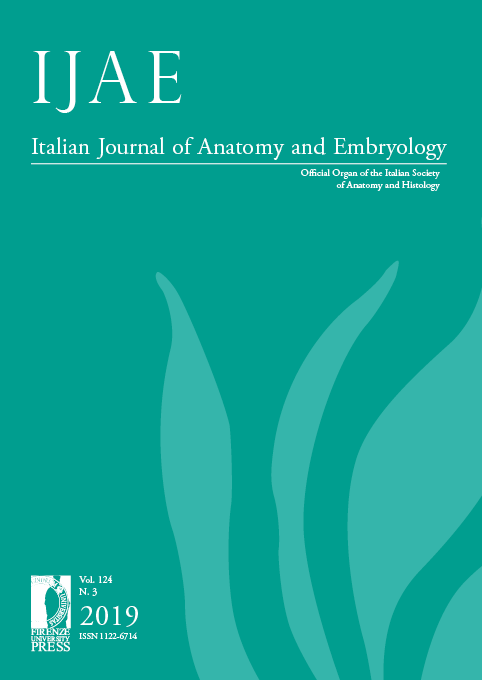Original Article
Published 2020-05-20
Keywords
- Salivary gland development,
- acinar cells,
- ductal cells,
- myoepithelial cells,
- branching morphogenesis
- EGF,
- FGF ...More
How to Cite
Sisto, M., Ribatti, D., & Lisi, S. (2020). Structure, morphology and signalling development mechanisms of human salivary glands. Italian Journal of Anatomy and Embryology, 124(3), 305–318. https://doi.org/10.13128/ijae-11659
Abstract
The human salivary gland (SGs) develops as a highly branched structure designed to produce and secrete saliva indispensable to maintain the health of the oral cavity and for carry out physiological functions like mastication, taste perception and speech. Here we review the anatomy and cytoarchitecture of SGs and the most recent literature that has enabled a better understanding of the molecular signalling pathways of SGs development to translate this basic research towards therapy for patients suffering from salivary hypo function.


